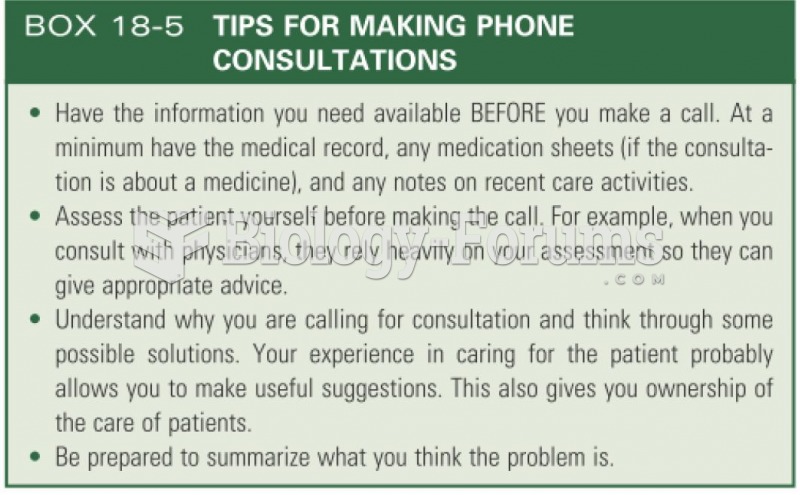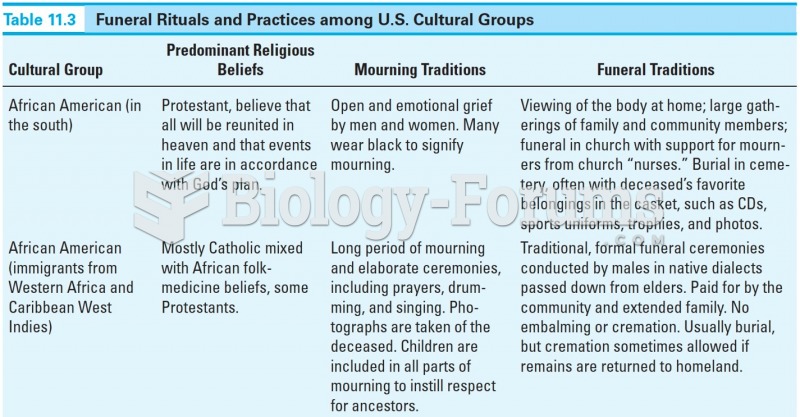Answer to Question 1
Answer: When making negative announcements, match your approach to the situation. For example, in an emergency such as product tampering or a toxic spill, get to the point immediately and make sure all affected parties get the information they need. Consider the unique needs of each group. When a company or facility closes, for instance, employees need time to find new jobs, customers may need to find new suppliers, and community leaders may need to be prepared to help people who have lost their jobs. Minimize the element of surprise whenever possible. Give affected groups as much time as possible to prepare and respond. If possible, give yourself enough time to plan and manage a response. Make sure you're ready with answers to potential questions. Look for positive angles but don't exude false optimism. Laying off 10,000 people does not give them an opportunity to explore new horizons. It's a traumatic event that can affect employees, their families, and their communities for years. The best you may be able to do is thank people for their past support and wish them well in the future. Seek expert advice. Many significant negative announcements have important technical, financial, or legal elements that require the expertise of lawyers, accountants, or other specialists. Use multiple channels to reach out to affected audiences. Provide information through your normal communication network, such as your company website, Facebook page, and Twitter account, but also reach out and participate in conversations that are taking place elsewhere in the social media landscape. Be open and be transparent. Mark Price, managing director of the UK grocery chain Waitrose, puts it perfectly: We recognize that we have to be increasingly open and transparent. You can't close down businesses now; you can't bunker up if there's a problem. You've got to go the other way.
Answer to Question 2
Answer: FALSE
Explanation: When making negative announcements, match your approach to the situation. For example, in an emergency such as product tampering or a toxic spill, get to the point immediately and make sure all affected parties get the information they need. Consider the unique needs of each group. When a company or facility closes, for instance, employees need time to find new jobs, customers may need to find new suppliers, and community leaders may need to be prepared to help people who have lost their jobs.







